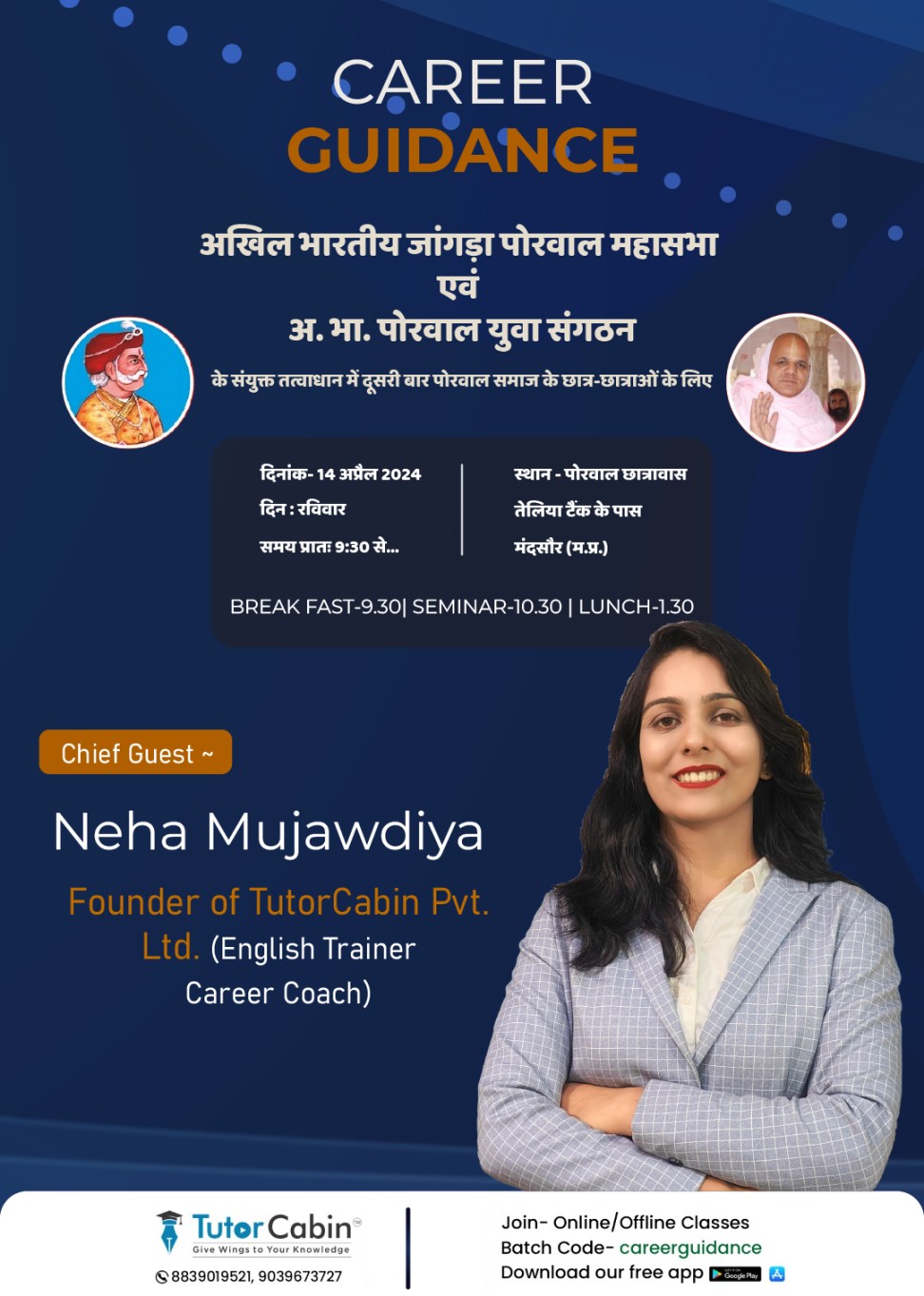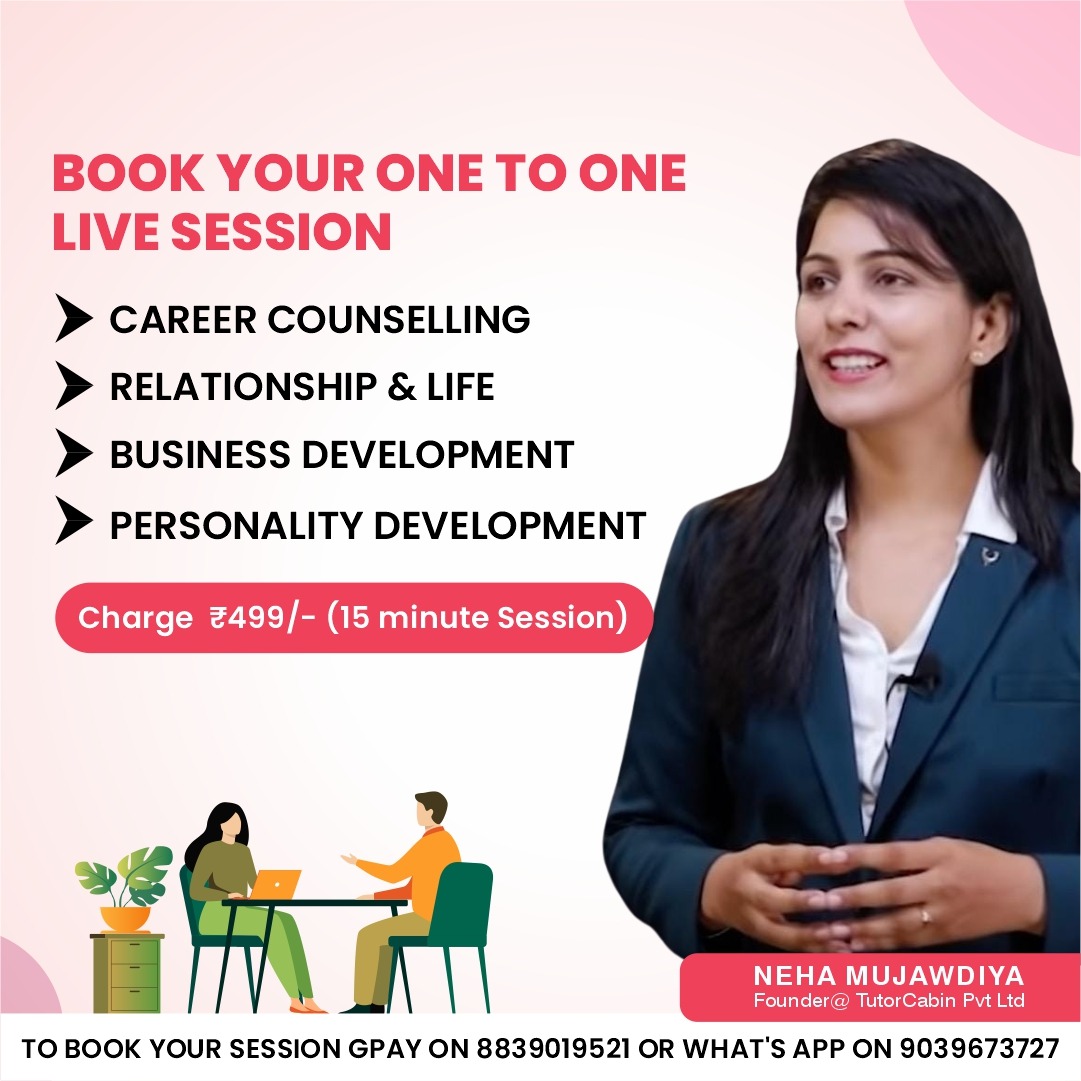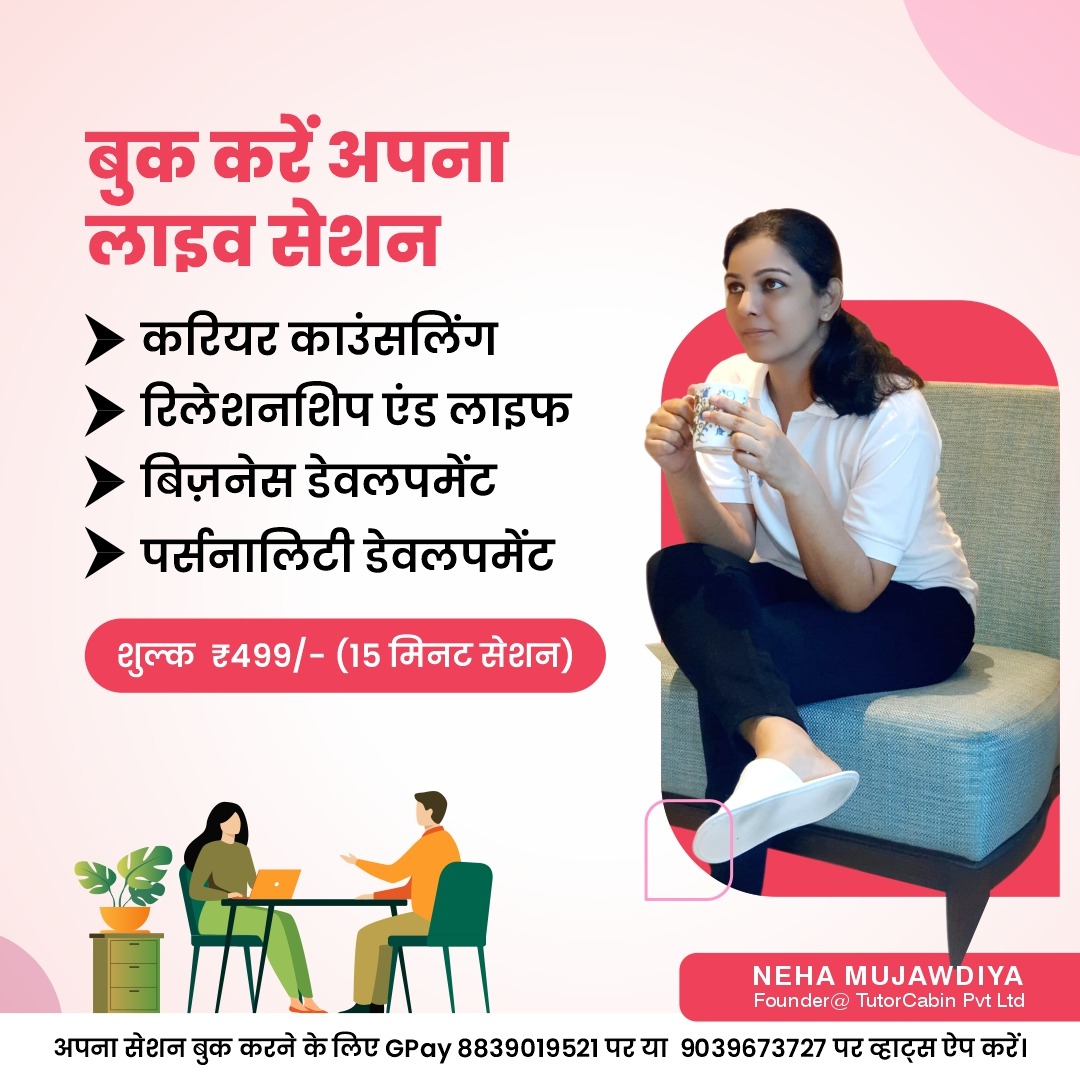How to Maximize the 4 C’s in Your Classroom
For about a decade now, we have had the “new” state standards. One call to action in these standards was to prepare students for the“21st century” by ensuring students are college and career ready. This preparation included what has become known as the “4 C’s”: Communication, Collaboration, Creativity, and Critical Thinking. Evidence of the need for these 4 C’s is embedded in Universal Design for Learning (UDL). To create truly student centered, personalized learning opportunities, teachers must design lessons with intention. By adding a “C” to a lesson, we ramp up rigor and engagement.
In the EduProtocols Field Guide, Book 1, the authors, Jon Corippo and Marlena Hebern spend time engaging readers in a task to evaluate their own practices. Chapter 14, The Four C’s Throwdown, allows readers to consider the level of communication, collaboration, creativity, and critical thinking in their current practices. This activity definitely highlights the glows and areas for growth in lesson design.
Many of the EduProtocols combine multiple “C’s”. In the descriptions below, I describe how four EduProtocols really allow for student centered experiences in communication, collaboration, creativity, and critical thinking.
Communication
Students need to share their thoughts, ideas, and research with an authentic audience. When students realize that their work is seen beyond the eyes of their teachers, they are more invested in the quality of their work. By practicing various forms of communication, students will relate to others on higher levels.
Lesson Idea: CyberSandwich
- The Gist: Students read and annotate a short passage. Pairs or trios share their notes with each other, noting the similarities and differences. Students independently compose a summary paragraph.
- The Template
- What kids say:
- I like that you read an article then take notes and talk about it to other people.
- I like Cyber Sandwich because you and your partner read a passage and discuss what you thought were the main details.
- I like Cyber Sandwich because it helps you get information in a fun way while being social with your partner.
- What I noticed: With consistent use of CyberSandwich, my students became much more comfortable sharing their ideas, accepting feedback and suggestions. Summarizing became second nature. They engaged in meaningful conversation, learning social cues as well as listening skills.
Collaboration
There is no denying that collaboration prepares one for the workplace and daily interactions. Students need opportunities to flex these muscles as they learn how to work with others. Structured activities like Iron Chef scaffold this skill set.
Lesson Idea: Iron Chef
- The Gist: Think Jigsaw. Break apart a larger reading into 4 sections. Each student reads their part and completes a slide that paraphrases, summarizes, illustrates, explains, etc. Students add a graphic and a “secret ingredient”. Students have a time limit to complete. Then each group shares. Other groups listen, allowing the repetition of information.
- The Template
- What kids say:
- I like breaking up the work.
- I like that I don’t have to talk for a long time when we share.
- The secret ingredient is always something fun!
- What I noticed: Over time, my students started to put more effort into creating slides with more elaborate details or facts so they were unique compared to other groups. It was never a competition, but they found their intrinsic motivation to “out do” each other. They started suggesting “secret ingredients”.
Creativity
Creativity is not just being creative. Creativity can look like connecting ideas in new ways. Creativity can be about allowing choice in how students access information, engage in learning, or express their learning. Writing is a natural place for creativity. Too often the structure in writing confines the student. Writing is pursuing ideas and linking them together in a meaningful way.
Lesson Idea: Random Emoji Power Paragraph
- The Gist: Using the Random Emoji Generator, students type one sentence per emoji. Each emoji is revealed one at a time. Students must connect ideas as each subsequent emoji appears. Students type their sentences in an application like Socrative, which allows the teacher to show and share paragraphs back to the class.
- The Random Emoji Generator
- What kids say:
- I like how there is randomness in it and it’s not like you just saying, “Write about _____ and ____ when _____ goes to the _____.” I like it because you don’t know how the story is going to change.
- Emoji Power Paragraph is one of my favorite because it gives you the freedom to write your own story.
- Yes! Awesome the best thing in the class.
- This is one of my favorite things to do in class. It is great basing your story off random emojis.
- What I noticed: I have NEVER had kids ASK TO WRITE! Have you? I think we could do this daily and they would not complain. When students write for a larger audience, they take more care in word choice and sentence structure. The best part of this activity is the second part, “Nacho Paragraph.” Students take a fellow student’s paragraph and edit and revise. I have never seen a true revision like this before! Writing authentically and revising authentically yield much better writing than editing some pre-made paragraph.
Critical Thinking
Students need opportunities to explore and interact with problems and open ended activities. Analyzing data and research in meaningful ways will help students look for creative ways to solve problems.
Lesson Idea: BookaKucha
- The Gist: Students can be reading their own book. Choose a topic, like setting. Students create a slide describing the setting of their story, citing evidence or a passage from the book, and a picture. Students share slides in small groups or to the class, depending on the time factor.
- The Template
- What kids say:
- You can read from a book, show your thinking and present it to other people.
- It’s a quick way to write my thoughts and it’s not boring.
- It is cool because you can see other people’s slides and see what they wrote.
- What I noticed: Over time, students were much more adept at citing evidence! This skill is necessary for taking a critical look at topics in science and social studies. I did not assign BookaKucha thinking this would be an outcome. I was happily surprised at this unintended outcome!
Ramping up rigor doesn’t have to be time consuming when it comes to planning lessons. Adding at least one of the four “C’s” will likely be the missing piece when it comes to student engagement, access, or expression. Planning and lesson design is much more enjoyable for me. The quotes from my students validate their thoughts about learning with the EduProtocols. Never have I had kids CHEER for activities like they do with the EduProtocols.



